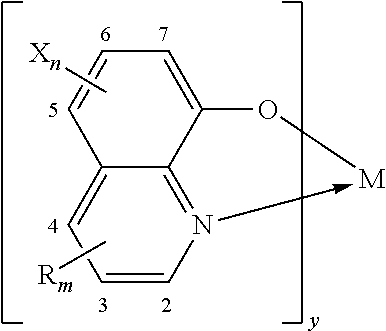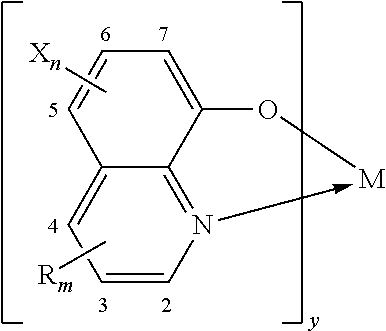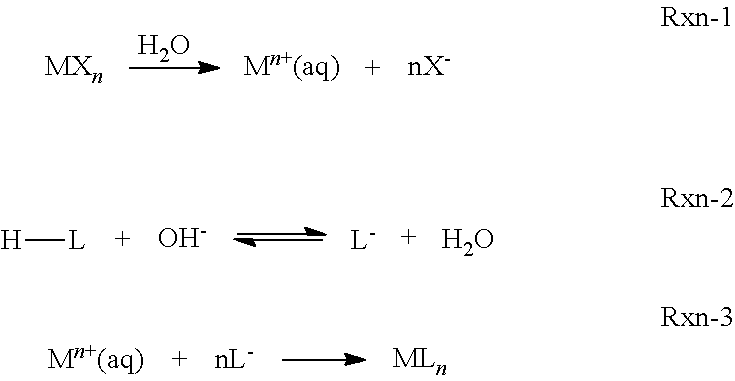Aqueous inkjet printing fluid compositions
a technology of inkjet printing and compositions, applied in the field of aqueous compositions, can solve the problems of inability to meet the needs of printing head etching, and increased dissolution rate, so as to improve the stability of inkjet printing fluid compositions, reduce etching, and reduce the effect of etching
- Summary
- Abstract
- Description
- Claims
- Application Information
AI Technical Summary
Benefits of technology
Problems solved by technology
Method used
Image
Examples
examples
[0067]The invention and its advantages can be better appreciated by the following specific embodiments.
Preparation of Aluminum Sources
[0068]AC-1 Aluminum nitrate solution. A solution of aluminum nitrate was prepared from dry solid in distilled water to yield 0.02% based on aluminum (200 ppm).
[0069]AC-2 Aluminum lactate solution. A solution of aluminum lactate was prepared from dry solid in distilled water to yield 0.01% based on aluminum (100 ppm).
[0070]AC-3 Aluminum lactate solution. 1.06 g of 85% lactic acid was dissolved in 100 g water containing 0.91 g NaHCO3 to yield a clear solution with pH 5.79. A solution of 1.25 g Al(NO3)39H2O dissolved in 5 ml water was added in small amounts alternately with 0.61 g dry NaHCO3 to maintain the pH greater than 5. Distilled water was then added to a yield a clear solution of pH 5.80 and total weight of 150 g. The aluminum content was measured as 0.062% based on aluminum (620 ppm).
[0071]AC-4 Aluminum hydroxide solution. A solution of aluminum ...
PUM
| Property | Measurement | Unit |
|---|---|---|
| weight percent | aaaaa | aaaaa |
| pressures | aaaaa | aaaaa |
| pressures | aaaaa | aaaaa |
Abstract
Description
Claims
Application Information
 Login to View More
Login to View More - R&D
- Intellectual Property
- Life Sciences
- Materials
- Tech Scout
- Unparalleled Data Quality
- Higher Quality Content
- 60% Fewer Hallucinations
Browse by: Latest US Patents, China's latest patents, Technical Efficacy Thesaurus, Application Domain, Technology Topic, Popular Technical Reports.
© 2025 PatSnap. All rights reserved.Legal|Privacy policy|Modern Slavery Act Transparency Statement|Sitemap|About US| Contact US: help@patsnap.com



